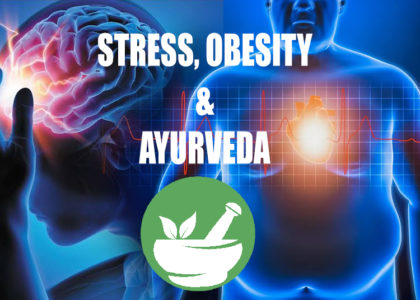Dear readers,
In today’s hectic life we face lots of challenges. Due to changes in food type and lifestyle, we are facing many digestion issues. We are negligent of minor hints the body gives before manifesting them into a disease. Reason? We have no time!! Sad but true.
Constipation is the main complaint today. Many feel it is not a big deal. But the long-standing problem of constipation gives rise to many diseases/disorders.
Ayurveda considers it as malavarodha. Interestingly Ayurveda has a deeper thought about it. According to Ayurveda mala is not only a waste product like purisha (stool), mootra (urine) and sweda (sweat) in the body.
What is mala according to Ayurveda?
● पृथक्जन्माना: बहिर्मुखा –
The one which is formed and separated from strotasa to be eliminated outside.
● परिपक्वाश्च धातव: –
Ati pachana (excessive action of digestive fire)of dhatus (dhatupaaka) is also considered as mala.
● अपरिपक्व धातू –
Similarly, improper pachana of dhatus also acts as mala.
● स्वस्थानच्युत दोष/धातू –
Dhatus/ doshas that have left their original place in the body (strotasa) are also said to act like mala.
Here dhatus are seven types of body tissues whereas doshas are the basic principles.
The term malavarodha represents all the types of bodily wastes like nasal snot, rheum of eye, ear wax and nails.
When we consume food, the nutritious part (sara) and the waste part (kitta) are formed after the action of jatharagni. The sara bhaga reaches to all seven dhatus. Each dhatu after its nourishment forms wastage, which is known as dhatu-mala. These dhatu-malas are supposed to be excreted outside the body. If their path is obstructed, they produce different diseases.
Following reference from Charak Samhita clears this concept.
रसाद् रक्तम् ततो मांसम् मांसान्मेदस्ततोsस्थि च|
अस्थ्नो मज्जा ततो शुक्रम् शुक्रात् गर्भम् प्रसादज:||
किट्टम् अन्नस्य विण्मूत्रम् रसस्य तु कफोsसृज:|
पित्तम् मांसस्य खमला मल: स्वेदस्तु मेदस:||
स्यात् किट्टम् केशलोमास्थ्नो मज्जा स्नेहोsक्षिविट्त्वचा|
प्रसाद किट्टे धातूनां पाकादेवंविध विधच्छर्त:|| Cha.Chi/16-19
Following chart will elaborate this concept where different dhatus, their malas and the probable diseases caused by them are mentioned.

When we refer to malavarodha in Ayurvedic context, it means it can be any of purisha, mootra and sweda and also of dhatu-malas, which may not be visible.
Mala is to be eliminated from the body smoothly from time to time. Any disturbance in the passage of mala is avarodha. Causes of avarodha can be any of the following:
1. Excessive or extremely low production of bodily waste. In both the conditions the organ won’t be able to carry it forward.
2. Weak excretory organs can disturb the passage of mala.
3. Improper digestion due to mandagni (jatharagni or dhatwagni)
4. External pressure on excretory organs (malavaha strotas).
5. Insufficient presence of Sara guna and Sneha guna (mobility and moisture required for excretion).
When we say malavarodha, remember it is not only the bowel trouble. It is a far deeper level of obstruction. As you know, the major cause of this is agnimandya i.e., weak fire element. It can give rise to many diseases as mentioned in the above chart.
To avoid this, following routine can be implemented:
a) Regular timings of eating.
b) Regular exercise.
c) Balanced diet, which includes fiber, spices, vegetables, fruits, pulses, grains etc., is very essential.
d) A good night’s sleep.
The treatment:
To overcome the obstructions and weak digestive fire, deepana and pachana drugs like chitrak, triphala, musta, dashmoola etc. are used in different forms, like choorna, tailam, kashaya and vati.
Treatment regimens like Panchakarma (shodhana) are also very beneficial. Procedures like basti, virechana, karnapoorana, nasya, akshitarpana can be performed by the advice of experts.
Though constipation is a common complaint today, obstruction at dhatu level (cellular level) is equally responsible for manifesting into various symptoms. Understanding this concept can help you in stopping development of many unwanted diseases.










